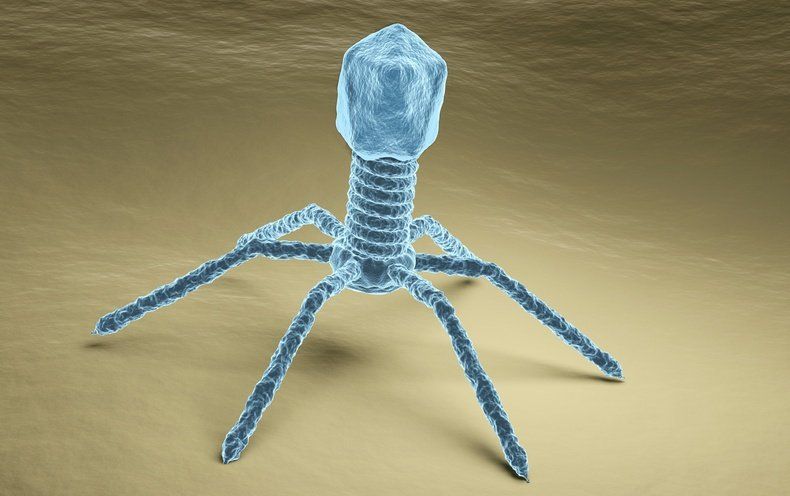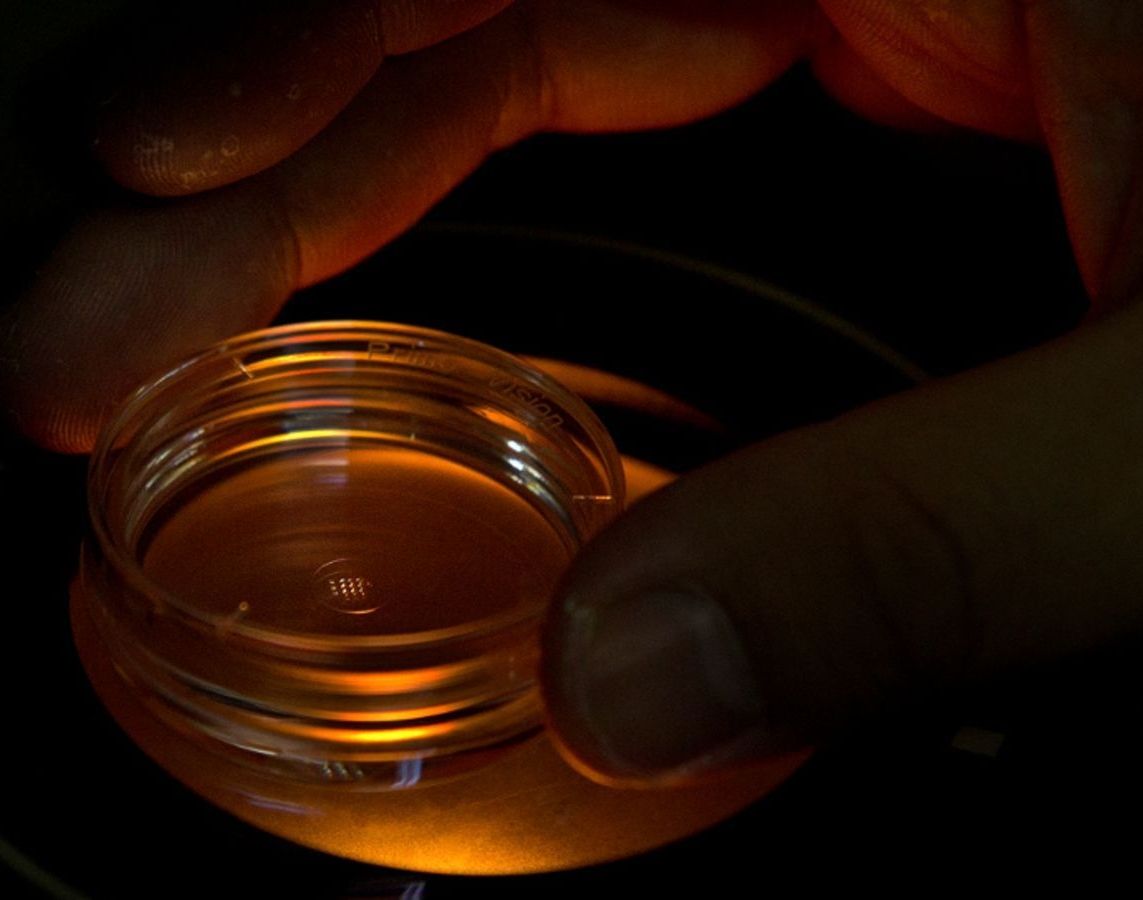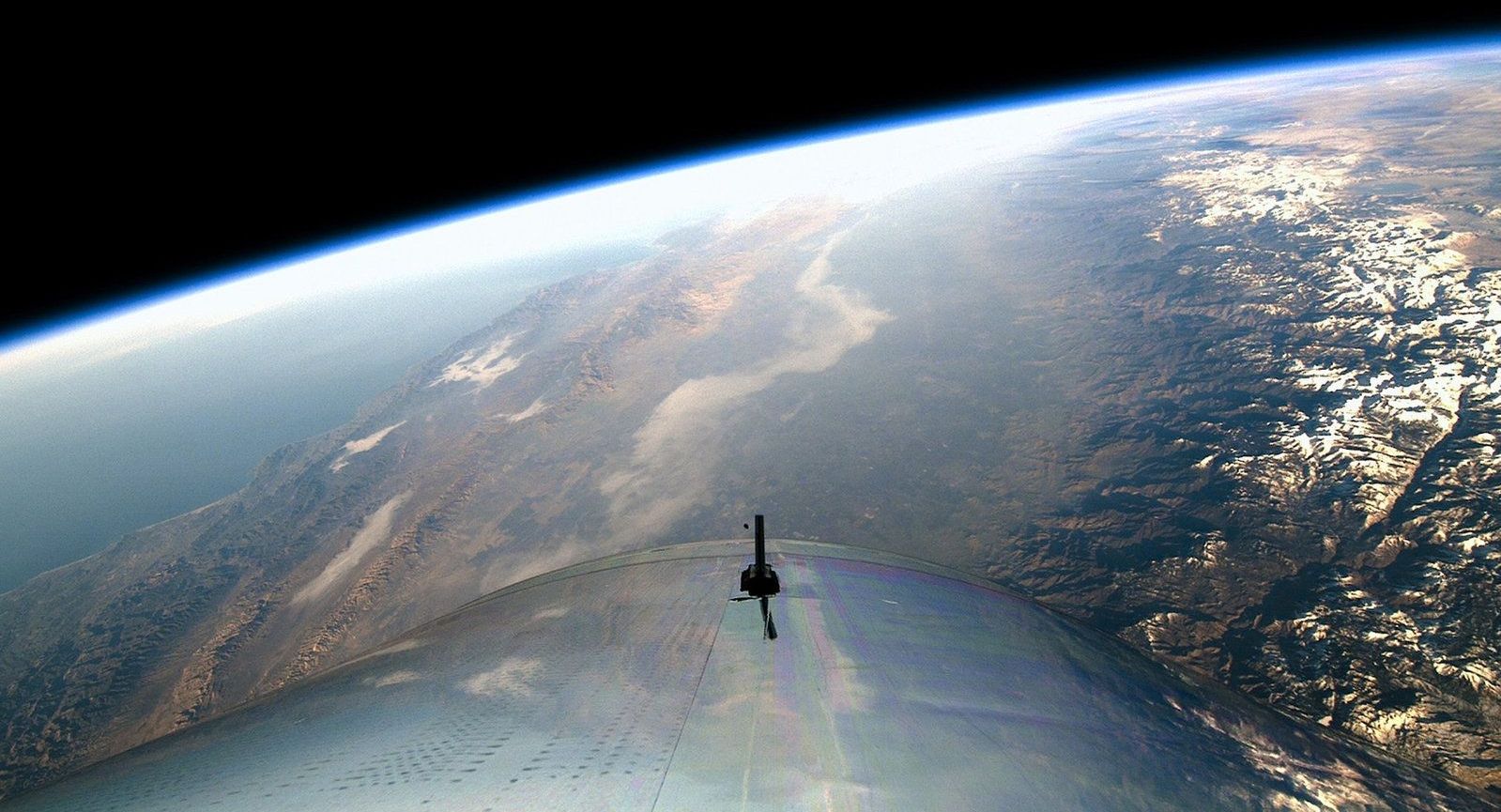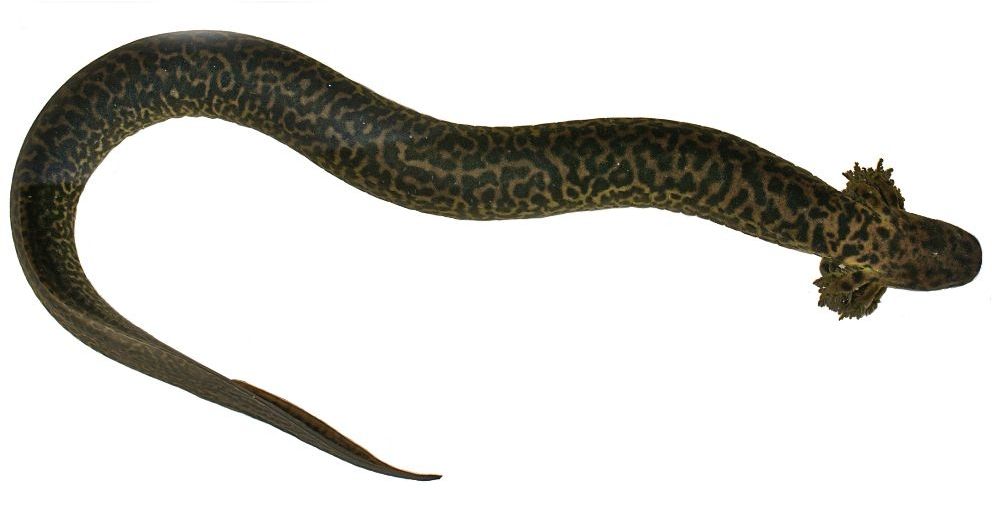Page 9266
Dec 14, 2018
Anti-cancer virus fits tumor receptor like a ‘key in a lock’
Posted by Nicholi Avery in categories: biotech/medical, innovation
Seneca Valley virus sounds like the last bug you’d want to catch, but it could be the next breakthrough cancer therapy. Now, scientists at the Okinawa Institute of Science and Technology (OIST) and the University of Otago have described exactly how the virus interacts with tumors—and why it leaves healthy tissues alone.
The study, published in the Proceedings of the National Academy of Sciences on October 29, 2018, provides the first detailed images of how the complex Seneca Valley virus forms with its preferred receptor. The researchers used cryo-electron microscopy to capture images of over 7000 particles and rendered the structure in high resolution. They predict their results will help scientists develop the virus, and other viral drug candidates, for clinical use.
“If you have a virus that targets cancer cells and nothing else, that’s the ultimate cancer fighting tool,” said Prof. Matthias Wolf, principal investigator of the Molecular Cryo-Electron Microscopy Unit at OIST and co-senior author of the study. “I expect this study will lead to efforts to design viruses for cancer therapy.”
Continue reading “Anti-cancer virus fits tumor receptor like a ‘key in a lock’” »
Dec 14, 2018
Doctoral Student Just Published a Paper Describing How Time Travel Would Be Possible
Posted by Shane Hinshaw in categories: cosmology, physics, time travel
And how to build a time machine.
The concept of time travel has always captured the imagination of physicists and laypersons alike. But is it really possible? Of course it is. We’re doing it right now, aren’t we? We are all traveling into the future one second at a time.
But that was not what you were thinking. Can we travel much further into the future? Absolutely.
The innovators and discoverers of tomorrow took centre stage in Chesterfield Inlet when Victor Sammurtok School (VSS) hosted its Elementary Science Fair on Dec. 4. Local fairs in schools across the region led up to the Kivalliq Science Educators’ Community’s (KSEC) Kivalliq Regional Science Fair, where students were vying for the right to represent the…
Dec 14, 2018
“Spy” Virus Eavesdrops on Bacteria, Then Obliterates Them
Posted by Genevieve Klien in category: biotech/medical
Viruses use bacteria’s chemical language to time their destruction; this might lead to new ways to fight infections.
- By Angus Chen on December 14, 2018
Dec 14, 2018
Scientists Detect Hot Neptune Losing Atmosphere at an Extraordinary Rate
Posted by Genevieve Klien in category: space
Scientists have detected a so-called Hot Neptune losing atmosphere extremely quickly, possibly explaining why we find so few of them in the first place.
Dec 14, 2018
China’s Social Ranking System Will Now Target Rule-Breaking Scientists
Posted by Genevieve Klien in category: government
To tackle widespread scientific misconduct, the Chinese government has expanded its controversial social credit system to include infractions made by research scientists. The plan could scare some scientists straight—but the potential for abuse is very real.
“Researchers in China who commit scientific misconduct could soon be prevented from getting a bank loan, running a company or applying for a public-service job,” reports science writer David Cyranoski at Nature News.
Dec 14, 2018
Virgin Galactic’s Historic Space Trip Heralds a Coming Age of New US Human Spaceflight Leaps
Posted by Alberto Lao in categories: space, transportation
Virgin Galactic just brought human spaceflight back to American soil after a seven-year hiatus, and other private companies are poised to make some giant leaps of their own.
Virgin’s VSS Unity suborbital spaceliner soared to a maximum altitude of 51.4 miles (82.7 kilometers) during a rocket-powered test flight over California’s Mojave Desert yesterday (Dec. 13).
The milestone marked the first U.S.-based crewed trip to the final frontier since NASA grounded its space shuttle fleet in July 2011. And it was the first spaceflight ever by a private vehicle designed to carry commercial passengers. (By one measure, anyway: Though many people place the boundary of outer space 62 miles, or 100 km, up at the “Karman Line,” the U.S. Air Force awards astronaut wings to personnel who reach an altitude of 50 miles, or 80 km.) [In Photos: Virgin Galactic’s SpaceShipTwo Unity Soars to Space].
Dec 14, 2018
Scientists Discover New, Bizarre Eel-Like Creature in Florida
Posted by Genevieve Klien in category: futurism
Florida residents, you have a new neighbor — and it has the body of an eel and the spots of a leopard. It also has two small arms with gills sticking out of its body, and lives in the swamps of the Panhandle.
The creature is actually a new species of legless salamander or siren. It is being officially called Siren reticulata, or the Reticulated Siren, and its discovery was published in the journal PLOS One journal last week.
Scientists say the two-foot-long Reticulated Siren is among the largest species discovered in the United States in over 100 years.
Continue reading “Scientists Discover New, Bizarre Eel-Like Creature in Florida” »
Dec 14, 2018
Mars Reconnaissance Orbiter Spots InSight Hardware on Mars
Posted by Alberto Lao in category: space
Mars Reconnaissance Orbiter may not have managed to spot InSight under its parachute, but it has finally spotted the lander, its parachute, and its heat shield resting on the Martian surface. The images confirm the location of InSight’s landing site, a little to the north and west of the center of the landing ellipse.
First, the fantastic hardware images:
Continue reading “Mars Reconnaissance Orbiter Spots InSight Hardware on Mars” »



















